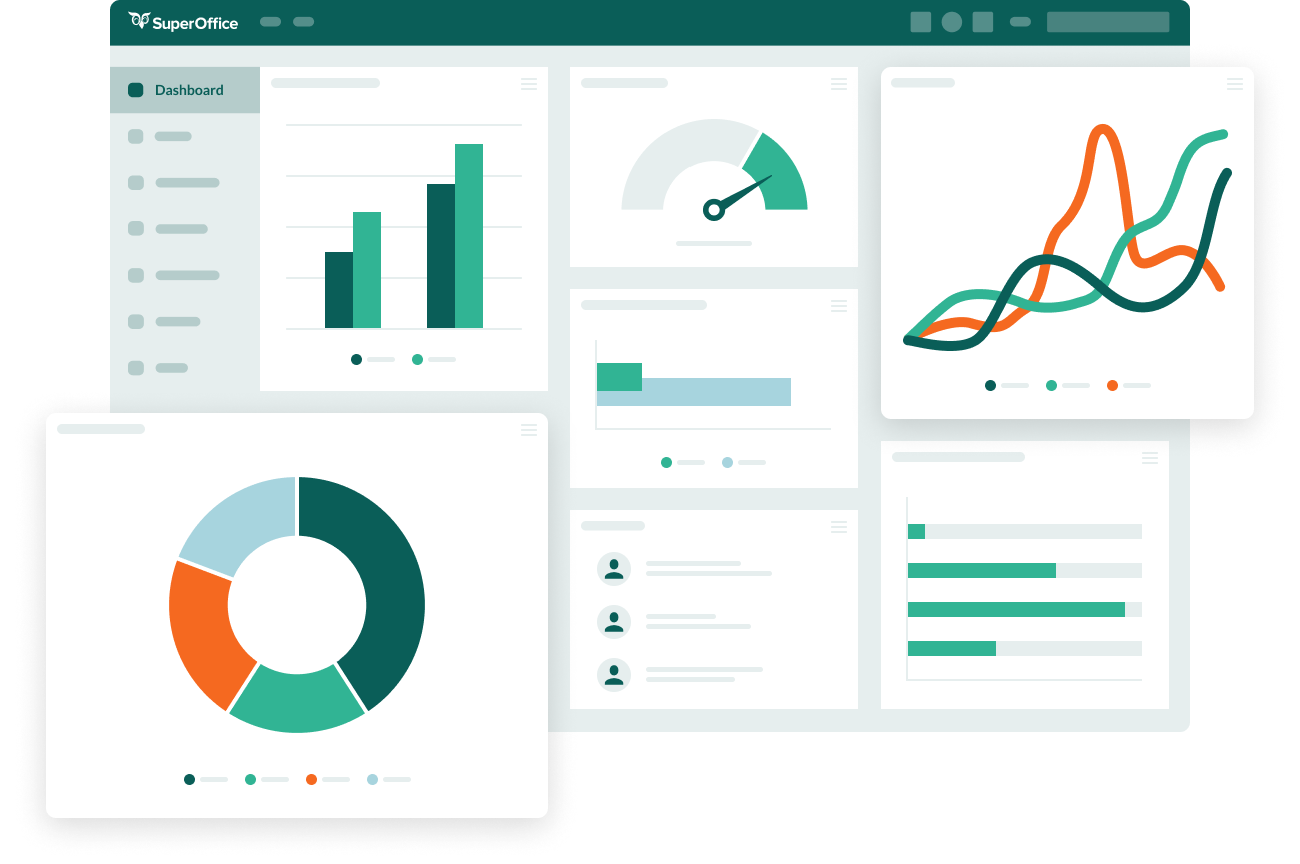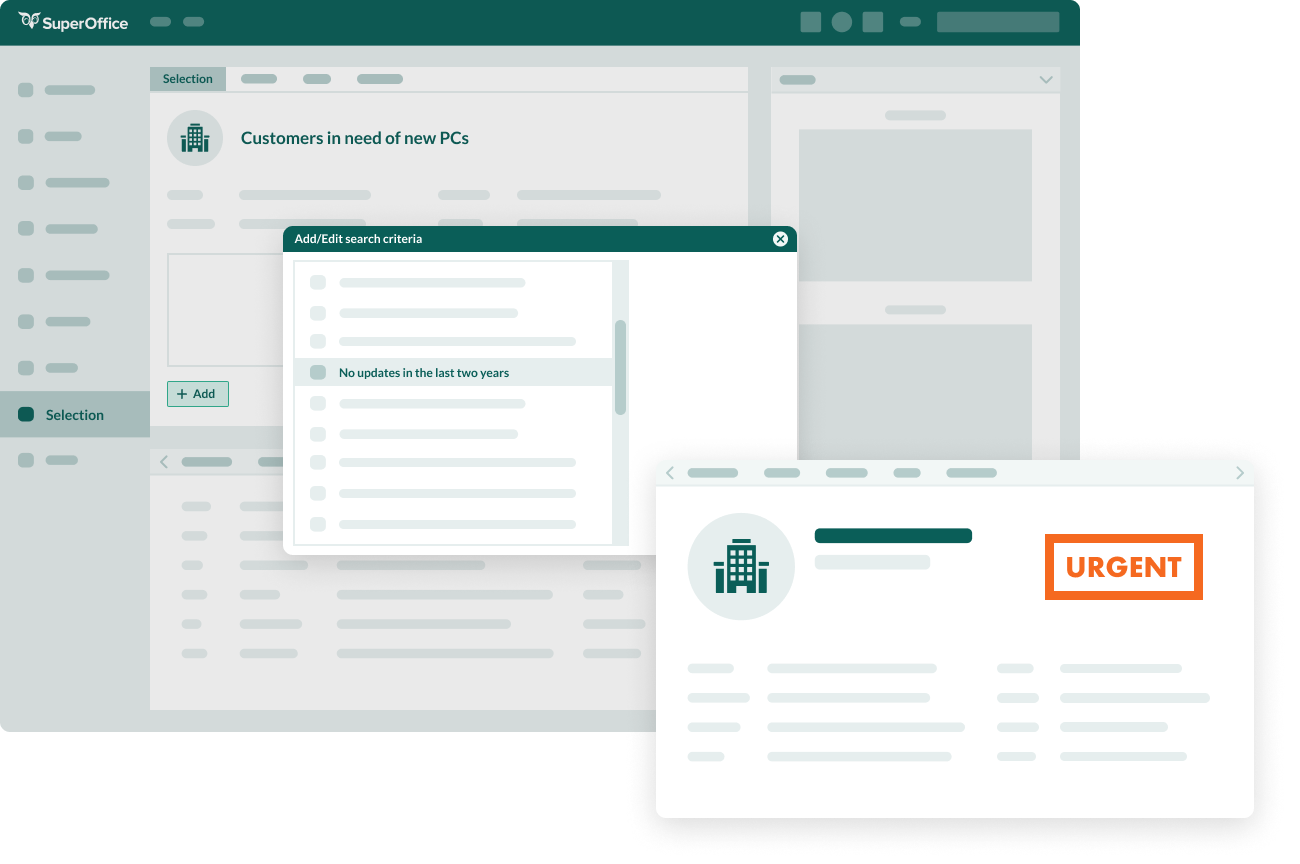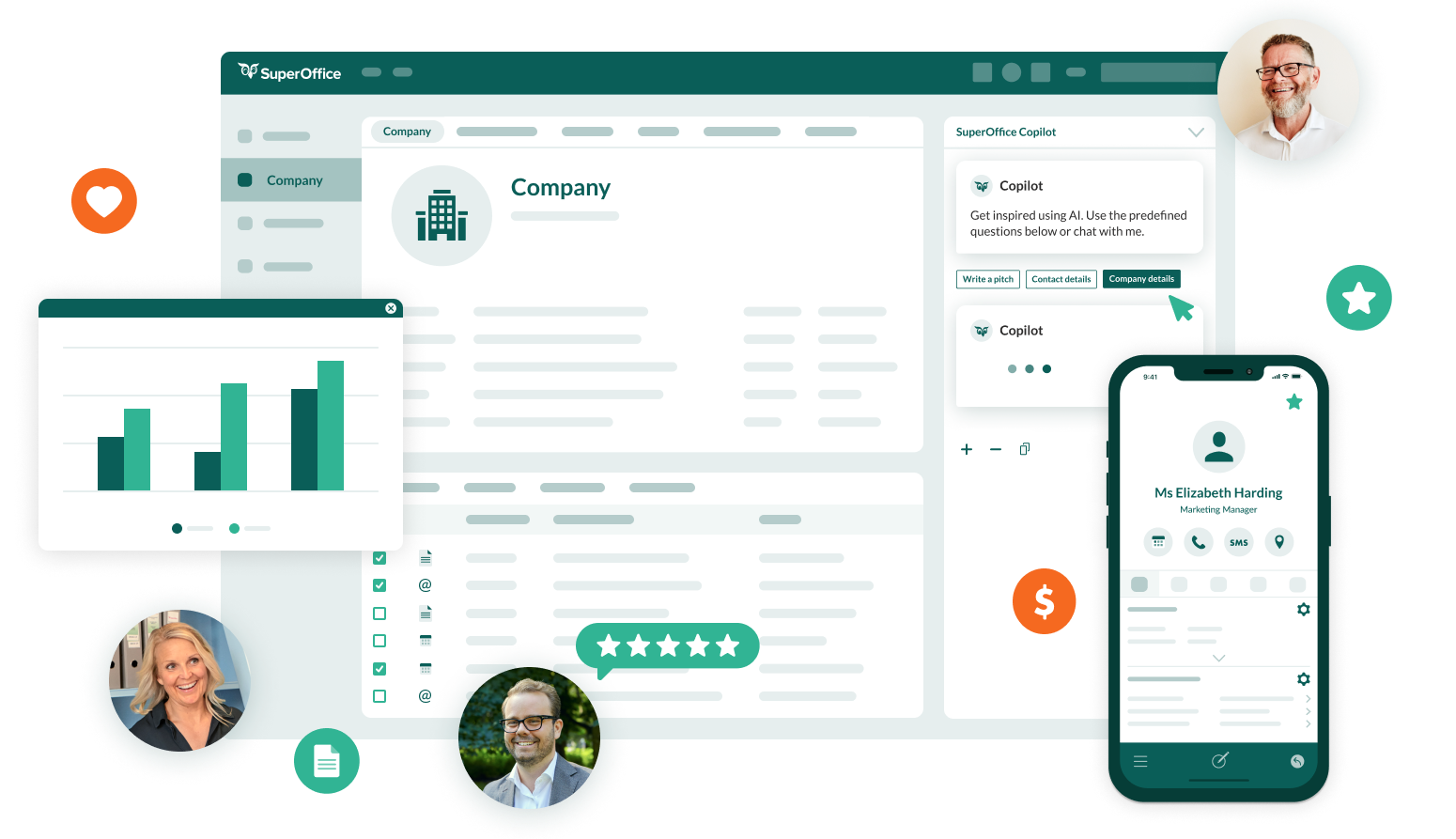Revenue growth is at the core of every sales team’s success, but tracking and understanding why revenue increases or declines can be a challenge.
Ask yourself:
- Are certain products selling better than others?
- Is a specific industry segment driving most of your revenue?
- Are there seasonal trends affecting your pipeline?
Without clear insights, it’s easy to miss opportunities, overlook sales patterns, and make inaccurate forecasts.
That’s where a sales CRM system becomes your most valuable tool.
A CRM gives you the power to track, analyze, and act on revenue trends, so you can make smarter, data-driven decisions that improve sales performance.
In this article, you’ll learn how a CRM helps you gain deeper revenue insights, forecast more accurately, and optimize your sales strategy for long-term success.
Why revenue trends analysis matters
Tracking revenue trends isn’t just about looking at past sales numbers - it’s about using that data to shape future strategies. Without a structured way to analyze revenue, you may find yourself:
- Wasting time on low-value deals instead of focusing on high-revenue opportunities.
- Missing shifts in customer demand, leading to lost sales.
- Making inaccurate forecasts, which affects budgeting, hiring, and resource allocation.
A CRM eliminates these risks by automating data collection, providing real-time insights, and offering easy-to-read reports that help you optimize your approach.
1. Track sales performance over time
Your revenue today is shaped by your past sales efforts.
A CRM allows you to track historical sales data and spot patterns over time, such as seasonal fluctuations, high-growth periods, or declining trends.
If your CRM shows that revenue consistently dips in Q3, you can prepare proactive strategies like launching special promotions, focusing on industries that perform well during that period, or adjusting quotas to reflect seasonal buying behaviours.
By continuously monitoring sales performance, you’ll gain deeper insight into revenue trends and can adjust your sales strategy to smooth out dips and capitalize on peak periods.

2. Identify your most profitable deals and customers
Not every deal contributes equally to your bottom line.
Some customers bring in repeat business, while others are one-time buyers.
A CRM helps you analyze which opportunities drive the most revenue, allowing you to prioritize high-value deals and long-term customer relationships.
If your CRM data shows that your largest revenue-generating customers tend to be mid-sized businesses in the construction industry, you can shift your sales and marketing focus toward targeting similar accounts.
By identifying patterns in deal size, repeat business, and industry segments, you can fine-tune your sales strategy to target more profitable opportunities.

3. Improve sales forecasting accuracy
Guesswork and intuition won’t give you reliable revenue projections.
A CRM allows you to forecast sales based on historical data, real-time deal movement, and AI-driven insights, ensuring more accurate revenue predictions.
If your CRM tracks past conversion rates and shows that 30% of qualified leads typically close within 120 days, you can use this data to predict revenue growth with greater precision.
By eliminating reliance on outdated methods like manual spreadsheets, you’ll make more strategic decisions about hiring, budgeting, and resource allocation based on solid, data-backed forecasts.

4. Pinpoint bottlenecks slowing revenue growth
When revenue isn’t growing as expected, it’s critical to identify where deals are getting stuck in the sales process.
A CRM helps by tracking how long deals spend at each stage and highlighting potential roadblocks that slow down sales velocity.
If your CRM reports show that 50% of deals stall at the proposal stage, this might indicate that your pricing isn’t competitive or that sales reps need additional training on negotiation tactics.
By pinpointing and addressing these bottlenecks, you can remove obstacles that slow down revenue growth and ensure your sales team stays productive and deals progress smoothly through your pipeline.
5. Monitor revenue by sales rep and region
Sales teams don’t perform equally across the board.
Some reps consistently close high-value deals, while others struggle with lower conversion rates. A CRM helps you track which sales activities are driving the most revenue, allowing you to make targeted improvements to your sales process.
If one region consistently underperforms despite having strong market potential, you might decide to reassign high-performing reps to that territory, refine your messaging, or offer targeted sales training.
By closely monitoring revenue performance across different sales segments, you can optimize workflows, shift resources strategically, and maximize overall sales efficiency.
6. Align revenue insights with marketing and customer success
Sales doesn’t operate in isolation.
Revenue growth depends on a seamless collaboration between sales, marketing, and customer success teams. A CRM provides a single source of truth for revenue data, ensuring that everyone works from the same insights.
If CRM data shows that leads from webinar campaigns convert 40% faster than those from social media ads, your marketing team can adjust their strategy to focus more on webinars, while sales teams refine their outreach approach.
Similarly, if customer success data shows that a specific segment of customers renews their contracts at a higher rate, sales can shift their focus to selling more into that segment.
Cross-team alignment ensures smarter decision-making and a stronger overall revenue strategy.

7. Automate revenue reporting for faster insights
Compiling revenue reports manually is time-consuming, error-prone, and inefficient.
A CRM automates this process, delivering up-to-date revenue insights with just one click, allowing your sales leaders to make data-driven decisions instantly.
Instead of spending hours pulling numbers from spreadsheets every month, sales managers can instantly access customized dashboards to track performance, monitor trends, and make immediate adjustments.
Automating revenue reporting not only saves time but ensures leadership always has access to accurate, up-to-date sales data, enabling faster decision-making and strategic planning.
Conclusion
Revenue trends analysis is about using data to optimize sales strategies, improve forecasting, and drive growth.
Without a structured way to analyze revenue, sales teams risk missing key opportunities, making reactive decisions, and struggling with inaccurate forecasts.
A CRM simplifies this process by tracking revenue trends, highlighting profitable opportunities, automating reports, and providing insights into what’s working (and what’s not).
With the right CRM in place, sales teams can stay ahead of industry shifts, adjust their strategies proactively, and maximize revenue potential.
If you’re looking for a CRM that helps you track revenue trends, optimize forecasting, and align sales efforts, SuperOffice CRM is built for you. Talk to a CRM expert today to see how a CRM can transform the way you analyze and grow revenue.




